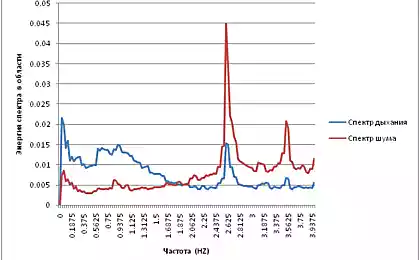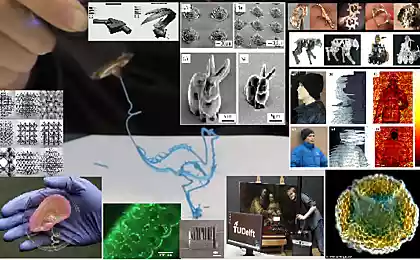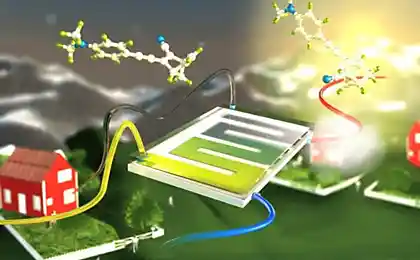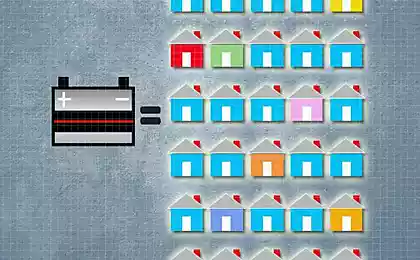501
MIT breakthrough: thermo-chemical solar power
Researchers at Massachusetts Institute of technology (MIT) are hoping to use solar energy with the help thermo-chemical technology. Scientists have been working on this technology in seventies but this project was interrupted due to its high cost and named as too impractical. But researchers at MIT now ready to use this thermo-chemical technology that is supposed to convert solar energy into electrical energy.
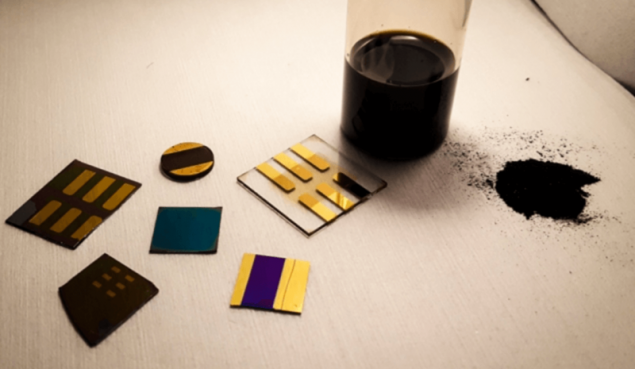
Currently we depend on the photovoltaic cells, which convert light energy into electricity. Thermo-chemical technology is a little different. It captures solar energy and stores it in the form of heat in the molecules of chemical substances. This thermal energy can be converted and used by people whenever the need arises. In the conventional system by solar, heat is lost over time, and when the thermal energy is stored using the thermo-chemical fuel it remains stable.
Jeffrey Grossman, associate Professor of energy in the Department of materials science and engineering, says — " This chemical-electrical process allows to produce a "rechargeable heat battery" that can repeatedly store and release heat received from sunlight or other sources. When the fuel made from polovinnogo of dorucenia generates heat, it can reach more than 200 degrees Celsius and this heat is enough to heat your house or even start the engine for electricity production."One of the main disadvantages of this project is that it depends on the ruthenium. This is a rare and very expensive chemical element. But the MIT team still hopes to find another chemical element, which is not so expensive and will be easily accessible in nature.
Jeffrey Grossman explains that polovinny tirutani the potential to replace ruthenium.
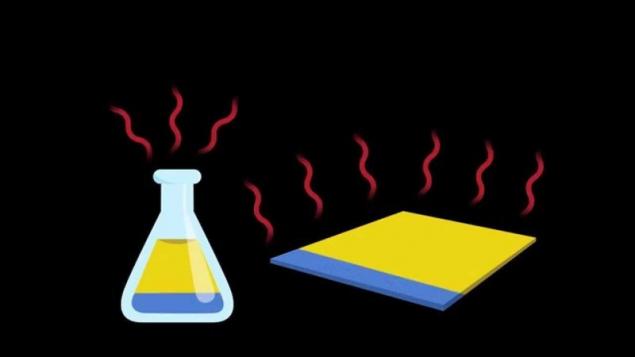
"Thermochemical technologies have many benefits, such as the conservation of heat in the fuel. This is a reversible process, and it is stable for a long time. You can use the technology wherever you want. You can put fuel in the sun to charge it, then use the heat and again pomestie the same fuel back in the sun to recharge, " says Jeffrey Grossman.
But the path to clean and green energy is not so simple. The MIT team has to solve several problems. First, they need to develop a simple method to synthesize a material that can absorb and hold heat inside, in the laboratory, and secondly, they need to find a good catalyst, which can easily release the captured heat energy. published
Source: www.alternative-energy-news.info/mit-thermo-chemical-solar-power/

Currently we depend on the photovoltaic cells, which convert light energy into electricity. Thermo-chemical technology is a little different. It captures solar energy and stores it in the form of heat in the molecules of chemical substances. This thermal energy can be converted and used by people whenever the need arises. In the conventional system by solar, heat is lost over time, and when the thermal energy is stored using the thermo-chemical fuel it remains stable.
Jeffrey Grossman, associate Professor of energy in the Department of materials science and engineering, says — " This chemical-electrical process allows to produce a "rechargeable heat battery" that can repeatedly store and release heat received from sunlight or other sources. When the fuel made from polovinnogo of dorucenia generates heat, it can reach more than 200 degrees Celsius and this heat is enough to heat your house or even start the engine for electricity production."One of the main disadvantages of this project is that it depends on the ruthenium. This is a rare and very expensive chemical element. But the MIT team still hopes to find another chemical element, which is not so expensive and will be easily accessible in nature.
Jeffrey Grossman explains that polovinny tirutani the potential to replace ruthenium.

"Thermochemical technologies have many benefits, such as the conservation of heat in the fuel. This is a reversible process, and it is stable for a long time. You can use the technology wherever you want. You can put fuel in the sun to charge it, then use the heat and again pomestie the same fuel back in the sun to recharge, " says Jeffrey Grossman.
But the path to clean and green energy is not so simple. The MIT team has to solve several problems. First, they need to develop a simple method to synthesize a material that can absorb and hold heat inside, in the laboratory, and secondly, they need to find a good catalyst, which can easily release the captured heat energy. published
Source: www.alternative-energy-news.info/mit-thermo-chemical-solar-power/
